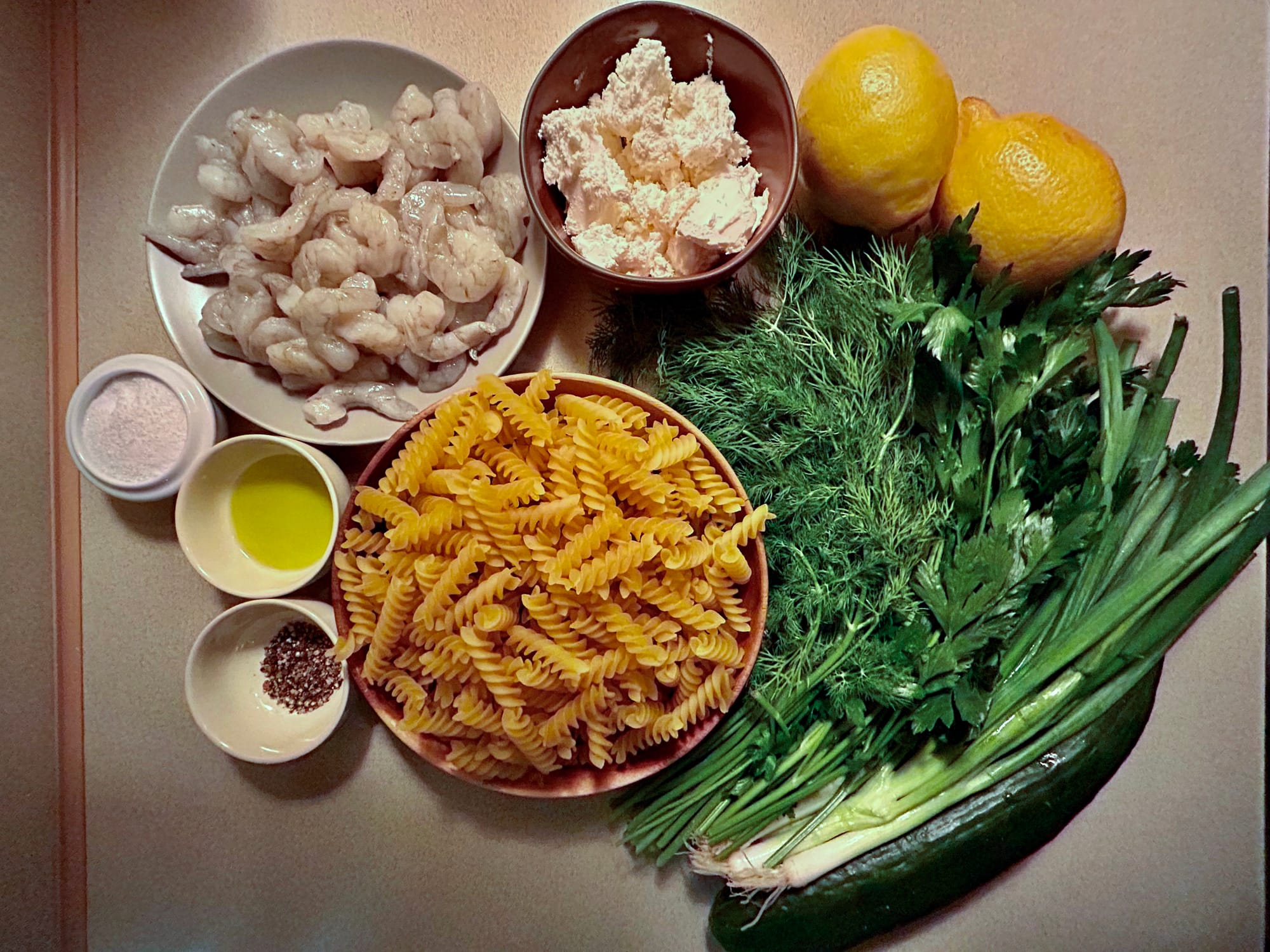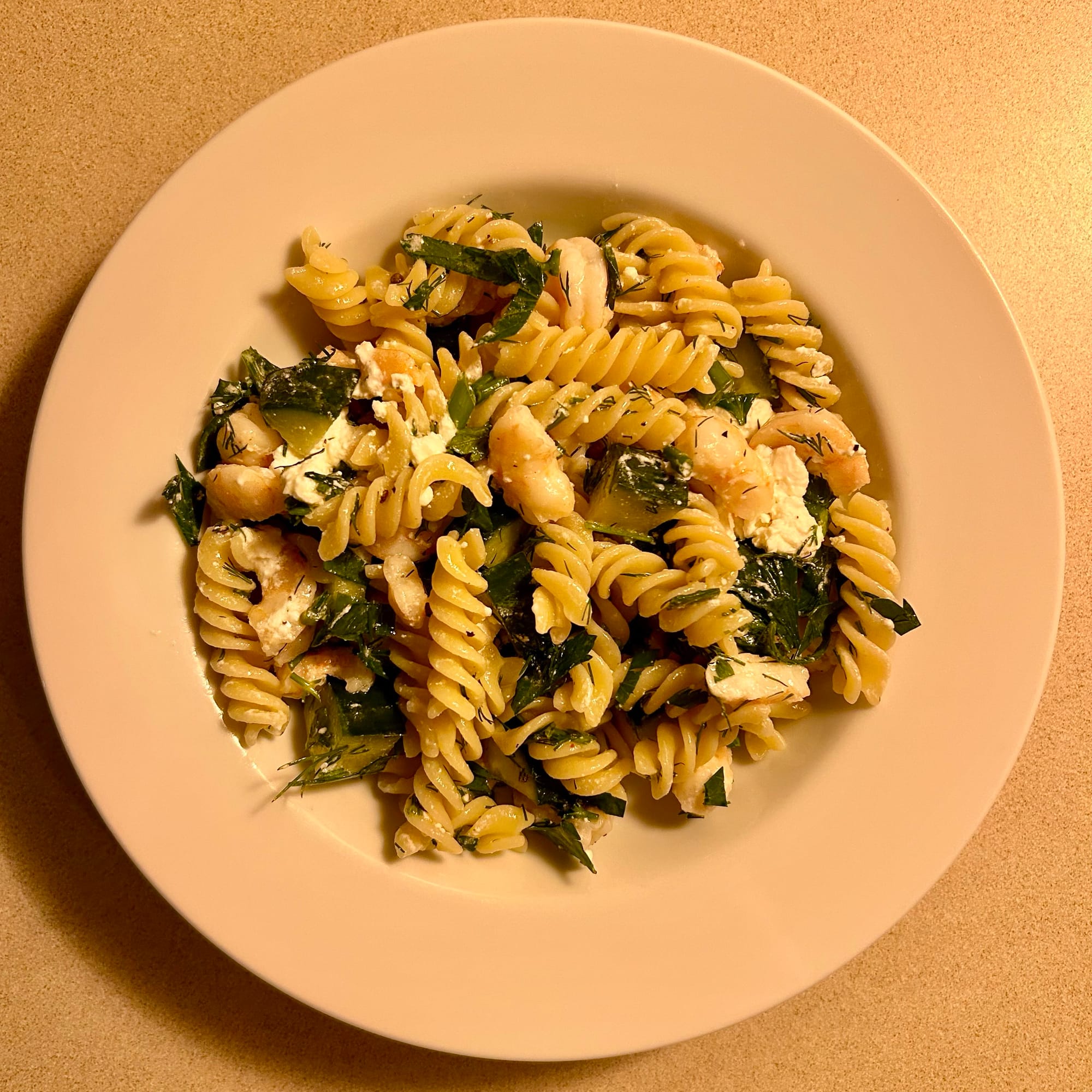Joan and I met to plan a meal prep project with her Grade 7 students. What started out as a unit strictly on cooking evolved into a fusion dish: a cross curricular project that challenges students with practical tasks like budgeting and health education, alongside meal preparation.
Initially, the plan was for students to get into groups to decide on a shared recipe, try cooking the meal at home, and then compare experiences with each other. Joan had set aside a decent amount of class time for the students to accomplish this, but since all the cooking was happening at home, the only real work the groups would do together at school was deciding on the recipe. We wanted to infuse more meaningful group work into the project, so after some ideas were thrown around, we landed on a driving question that would challenge her class to connect every aspect of cooking meals at home.
Here’s how the class time will be spent during this project.
Session 1: Initial Questions 🤔
During class, students will participate in a guided discussion to generate questions that will help them along their meal planning journey. We’ll listen for questions like:
- What makes a balanced meal?
- What is a realistic weekly budget?
- How do grocery stores price their food?
- To avoid waste, how can we choose ingredients that can be used repeatedly in different meals?
Joan will then put these questions on a project wall or learning wall.
Session 2: Meal Ideas 🍽️
Students will break out into groups to come up with a week's worth of breakfast, lunch, or dinner meal ideas that meet the needs of their families. These needs include nutrition, budget, and dietary restrictions.
🧩 Curricular Competencies:
- Physical and Health Education
- Investigate and analyze influences on eating habits
- What are some influences on people’s eating habits?
- Identify factors that influence healthy choices and explain their potential health effects
🪩 Reflection Question
- What cultural values does your family have that will influence your meal planning?
Session 3: Planning & Budgeting 💰
Students will be given a reasonable budget, and as a group, will search through grocery store flyers to complete a shopping list that meets the needs of their plans and budgets. They'll create documents that list out what they’ll cook on each day of the week, and how much each of those meals would cost based on their research from the flyers.
🧩 Curricular Competencies:
- Math
- Operations with decimals (addition, subtraction, multiplication, division, and order of operations)
- Relationships between decimals, fractions, ratios, and percents
- Estimating reasonably
🪩 Reflection Question
- How does estimating shopping totals help my decision making process when selecting food items for my meal plan?
Session 4: Cooking at Home 🥘
Students will choose at least one of the meals from their week's worth of planning to cook at home with help from parents. They’ll take a couple photos to document it (see Session 5). They’ll also create a short questionnaire for their family members to fill out about the meal, gathering feedback on their cooking and meal planning (like leaving a restaurant review!).
🧩 Curricular Competencies:
- ADST
- Test the first version of the product or the prototype. Make changes, troubleshoot, and test again.
- Identify and use appropriate tools for production
- Make a plan for production that includes key stages, and carry it out, making changes as needed
- Use materials in ways that minimize waste
- Gather peer and/or user and/or expert feedback and inspiration
- Math
- Estimate ingredient quantities reasonably
- Model mathematics in contextualized experiences
🪩 Reflection Question
- How will I implement the feedback my family provided to me during my time as the family cook?


The ingredients and the final dish! Bon Appetit!
Session 5: Celebration of Cooking 📸
Students will share before and after photos of their work: a photo of the ingredients and then – viola – the final dish.
🧩 Curricular Competencies:
- ADST
- Evaluate their product against their criteria and explain how it contributes to the individual, family, community, and/or environment
🪩 Reflection Question
- Who provides the meals in your household? How can you help them with meals in the future?
Through this project, the students will take the role of cook, shopper, and budget planner. They’ll explore nutrition, financial literacy, and they’ll prepare a nice home-cooked meal! Here’s to crafting up a recipe for lifelong learning. We’re excited to see what Joan’s class cooks up.
Need some help planning your meals this week? 🍲
All this meal planning is making us hungry. We use Goblin Tools Meal planner when we can’t come up with meal ideas. Or, if you want to try making something up on your own, get yourself a Flavour Bible — it’s a great reference guide for complementary flavours and its unique layout encourages you to flip through the book as you plan and play in the kitchen.

